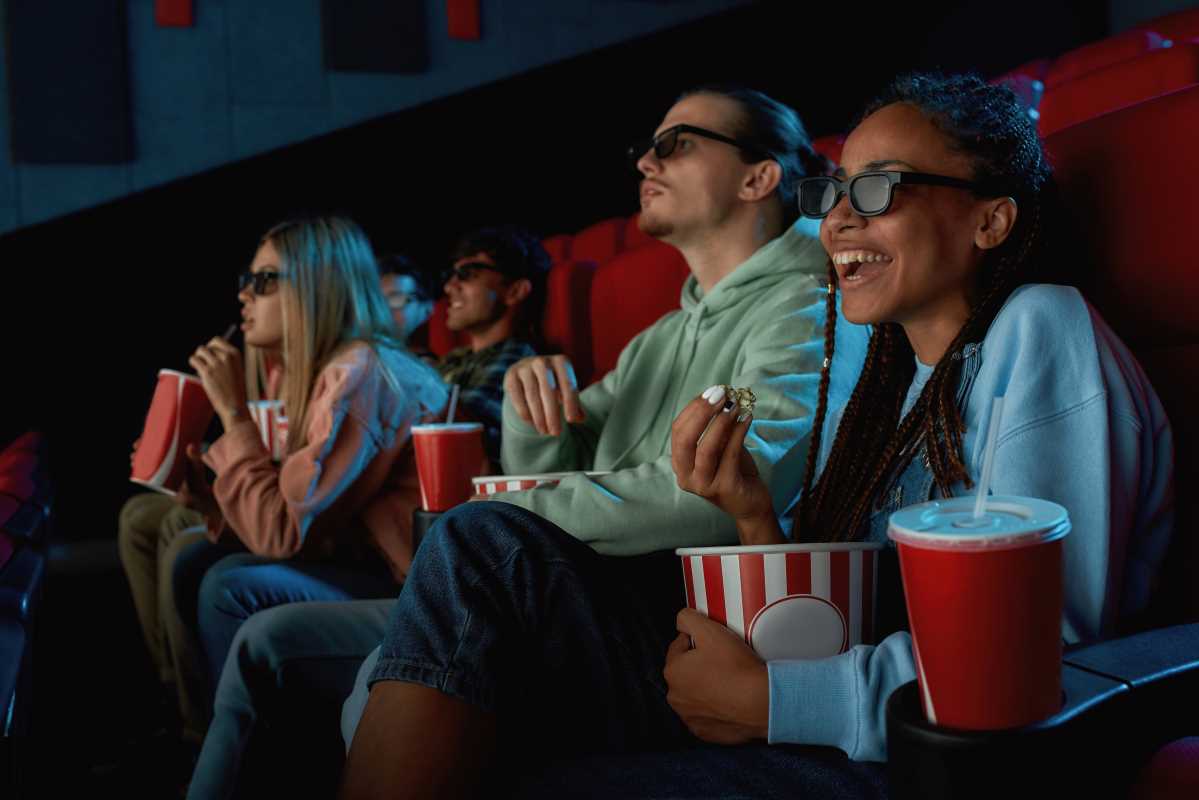Animation has evolved from a niche medium primarily associated with children's entertainment to a global form of storytelling capable of conveying complex ideas, emotions, and cultural narratives. From the hand-drawn animations of early cinema to the sophisticated digital techniques employed today, animation’s ability to transcend language, culture, and age has made it a universal medium in the world of visual storytelling. Its power to speak directly to the emotions and imaginations of viewers worldwide has helped shape not only films and television but also advertising, video games, and social media. This evolution has positioned animation as one of the most dynamic and influential forms of expression in the modern world.
The Origins of Animation and Its Universal Appeal
The origins of animation trace back to the early 20th century when inventors like J. Stuart Blackton, Winsor McCay, and Walt Disney brought motion to drawings and images. The early works, such as McCay’s Gertie the Dinosaur (1914) or Disney’s Steamboat Willie (1928), were groundbreaking not only for their technical innovation but also for the emotional resonance they carried despite their simple, rudimentary visual styles.
Animation’s early success was tied to its ability to communicate universal themes through visual storytelling rather than relying solely on dialogue or written text. Whether it was the humor and charm of Mickey Mouse, the emotional journey of Bambi, or the hero’s quest of Snow White, animation has always been able to communicate themes of adventure, love, loss, and triumph in a way that appealed to audiences of all ages and backgrounds. The universal appeal of animation lies in its ability to bypass the barriers of spoken language and directly engage with the visual senses.
The Global Rise of Animation
Throughout the 20th century, animation began to expand beyond the United States, with countries around the world developing their own animation traditions. This international approach contributed to animation becoming a global language of storytelling. Japanese anime, for example, became a powerful cultural export in the 1980s and 1990s, with creators like Hayao Miyazaki and Isao Takahata bringing forward unique animation styles and intricate narratives. Studio Ghibli’s Spirited Away (2001) became a cultural phenomenon, winning an Academy Award for Best Animated Feature and demonstrating how animation could communicate universal emotions, such as childhood innocence, loss, and personal growth, in deeply culturally specific ways.
At the same time, the rise of European animation has seen countries like France and Belgium develop distinct traditions. Films like The Triplets of Belleville (2003) and Ernest & Celestine (2012) showcase the distinct artistic qualities of European animation, blending whimsy with sophistication. European animation often carries a more experimental, artistic edge, allowing filmmakers to tackle mature and philosophical themes, such as identity, social issues, and the human experience, in ways that appeal to both children and adults.
Animated films produced in countries like Brazil, South Korea, and Mexico have contributed to the growing recognition of animation as a global storytelling medium. The success of films like The Secret of Kells (2009) from Ireland, The Book of Life (2014) from Mexico, and Your Name (2016) from Japan reflect animation’s power to bring diverse cultures to the world stage. These films represent unique worldviews and cultural aesthetics while conveying stories that speak to shared human emotions, further cementing animation as a language capable of transcending borders.
Animation as a Medium for Artistic Expression
Animation’s power as a medium for artistic expression has been one of the driving forces behind its growth and global reach. Unlike live-action films, which are often constrained by physical environments, actors, and real-world limitations, animation allows filmmakers to create entirely new worlds from scratch, offering complete freedom of visual exploration.
From the surreal landscapes of Fantasia (1940) to the hyper-stylized visuals of Into the Spider-Verse (2018), animation presents limitless possibilities for artistic expression. This flexibility enables storytellers to experiment with different styles, techniques, and aesthetics to suit the tone and emotional depth of their stories. The fluidity of animation allows for visual metaphors, abstract concepts, and experimental approaches to storytelling that might not be possible in live-action films.
The visual freedom afforded by animation also makes it a powerful tool for conveying emotions. A character’s face can be transformed to represent different feelings, or an entire world can bend and shift to reflect a character’s internal journey. In films like Inside Out (2015), emotions are personified and vividly brought to life through animation, creating an accessible way to explore complex psychological concepts. Likewise, the playful visuals of films like Toy Story (1995) convey profound messages about friendship, self-worth, and belonging through animated characters that feel as real and relatable as their human counterparts.
Animation’s Role in Breaking Cultural and Language Barriers
One of animation’s greatest strengths is its ability to break down language and cultural barriers. As a visual form of storytelling, animation relies less on dialogue and more on universal symbols, emotions, and imagery, making it easier for audiences around the world to connect with the content.
Consider the global success of Frozen (2013), which became a cultural phenomenon, transcending language and cultural barriers with its vibrant visuals, catchy songs, and universal themes of sisterhood and self-discovery. While the characters sing in English, the emotions of the story—the joy of Elsa discovering her powers and the love between her and her sister Anna—are universal, resonating with audiences regardless of their native language.
Similarly, films like Zootopia (2016) and Coco (2017) are cultural and linguistic mosaics that find ways to address global themes—such as racism, belonging, and the importance of family—through storytelling that invites participation from audiences of all backgrounds. Coco’s exploration of Mexican traditions and the Día de los Muertos holiday, for example, not only introduced a global audience to Mexican culture but did so in a way that allowed viewers from diverse backgrounds to understand its universal themes of family and remembrance.
Animation also allows for the creation of universal characters who represent shared human experiences. The success of Puss in Boots (2011), Minions (2015), and Kung Fu Panda (2008) showcases how characters from various cultural backgrounds—whether based on folklore, history, or pure imagination—can connect with people worldwide. These animated films craft characters that transcend cultural barriers and appeal to universal human values such as kindness, bravery, and loyalty.
Animation and Social Change
In recent years, animation has also become a tool for social change, helping to highlight marginalized voices, social issues, and global crises. As animation is no longer confined to the realms of fantasy or children’s films, it has become a powerful medium to raise awareness about political, environmental, and cultural issues.
Films like Waltz with Bashir (2008), a groundbreaking animated documentary about the Lebanese Civil War, use animation to explore heavy themes of memory, trauma, and the search for truth. Similarly, films like Persepolis (2007) and The Breadwinner (2017) use animation to tell stories of women under oppression, giving voice to communities whose struggles might otherwise go unrepresented in mainstream media.
Animation also plays a vital role in global environmental and social activism. In Wall-E (2008), the titular robot’s silent journey across a post-apocalyptic Earth speaks volumes about humanity’s environmental impact. Likewise, films like The Lorax (2012) and Okja (2017) use animation to creatively address environmentalism, animal rights, and corporate greed, using vivid visuals to communicate urgent messages about our planet’s future.


.jpg)




